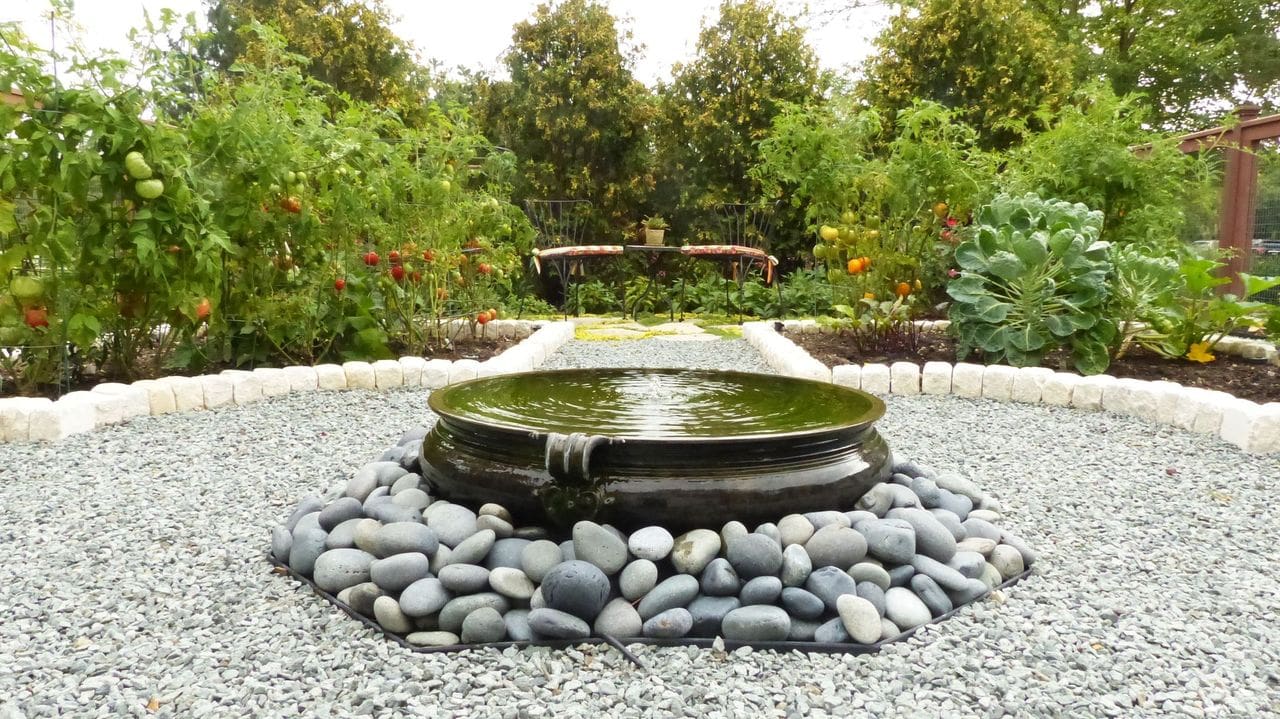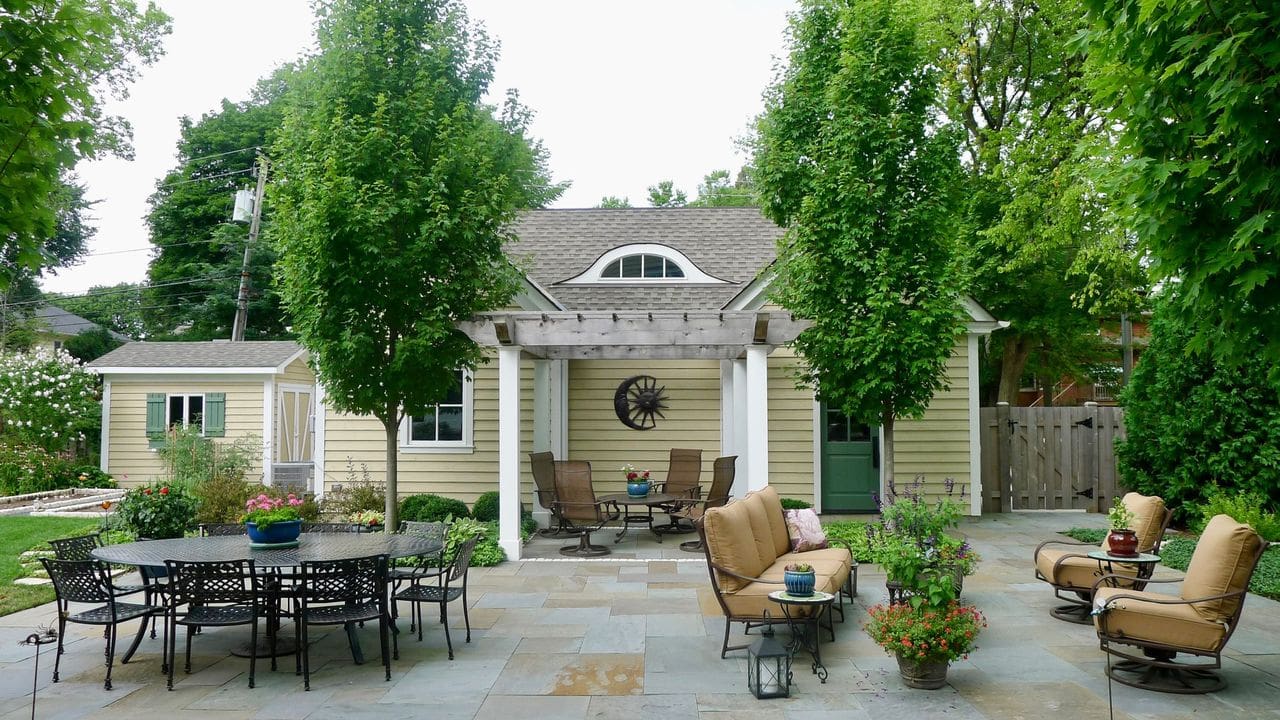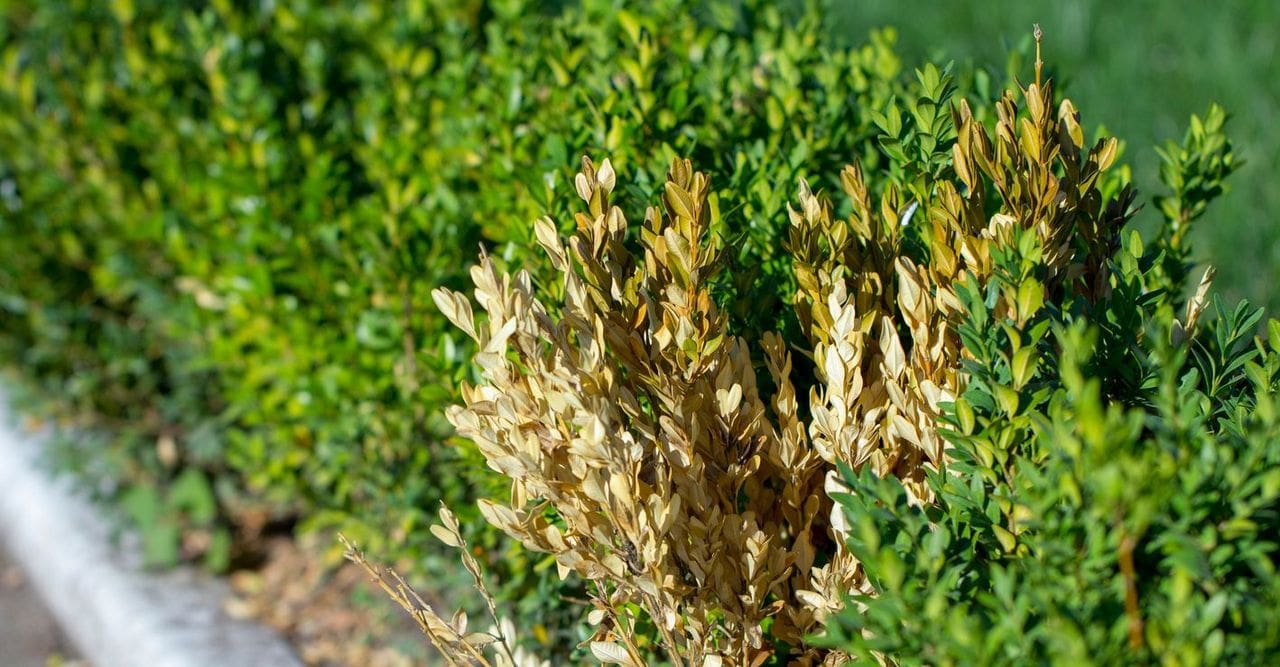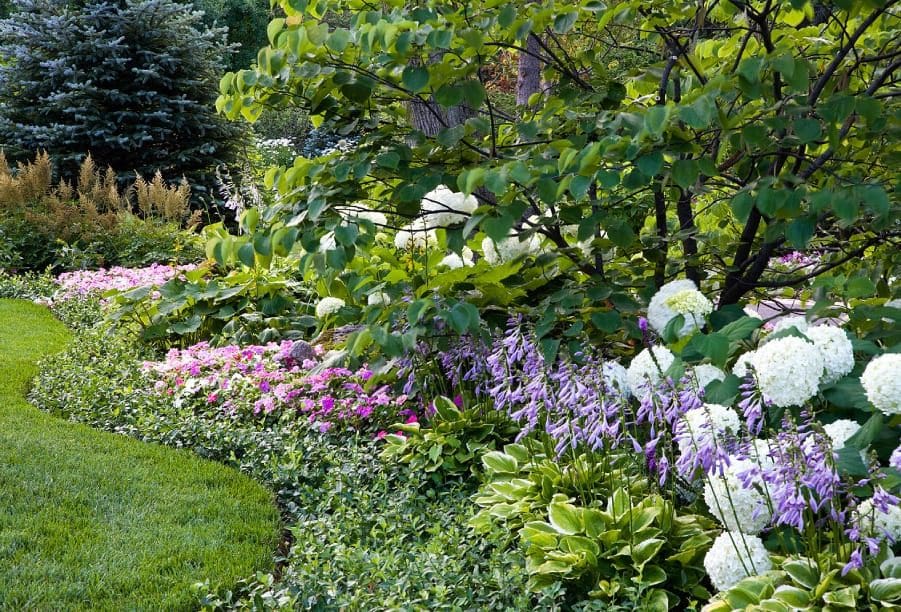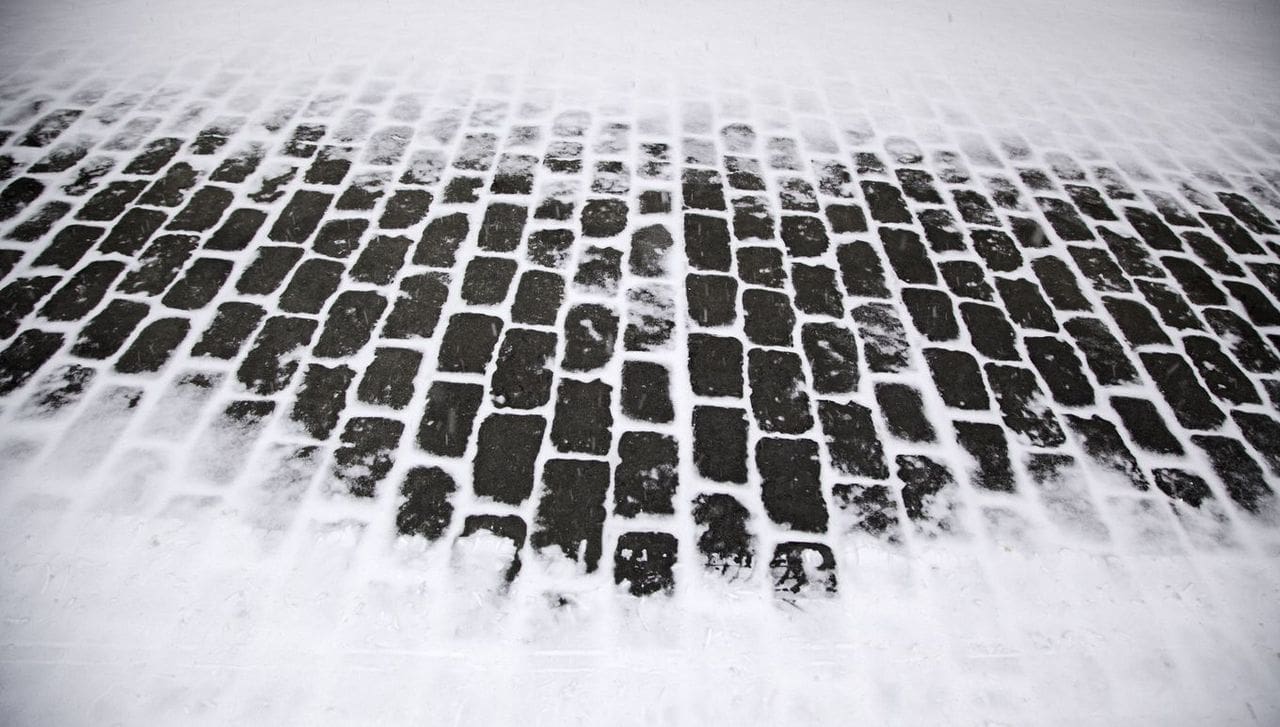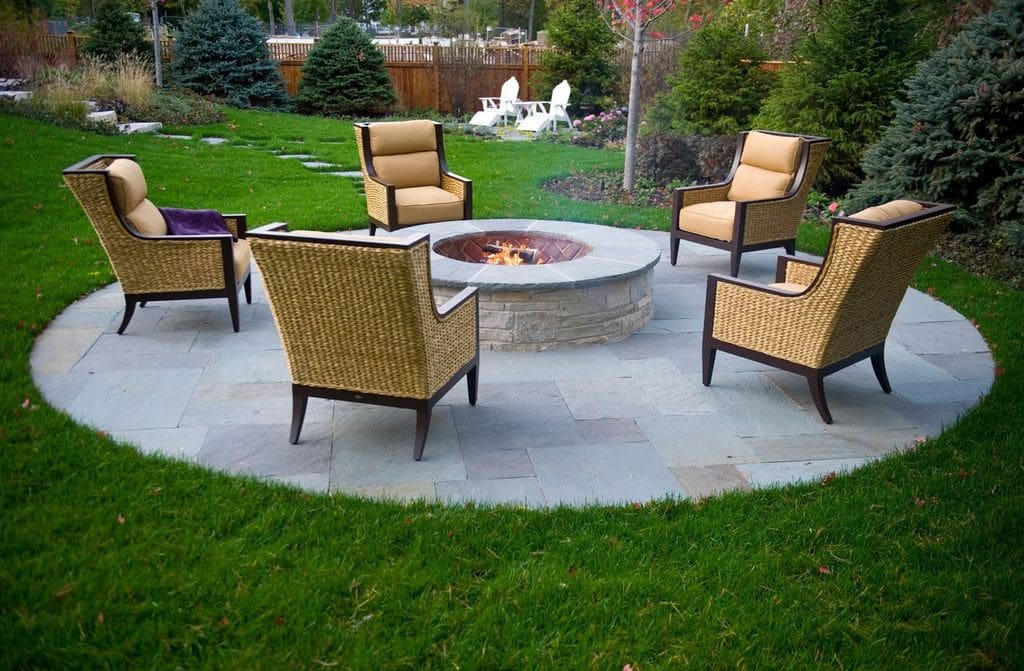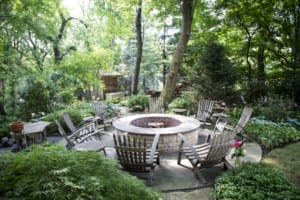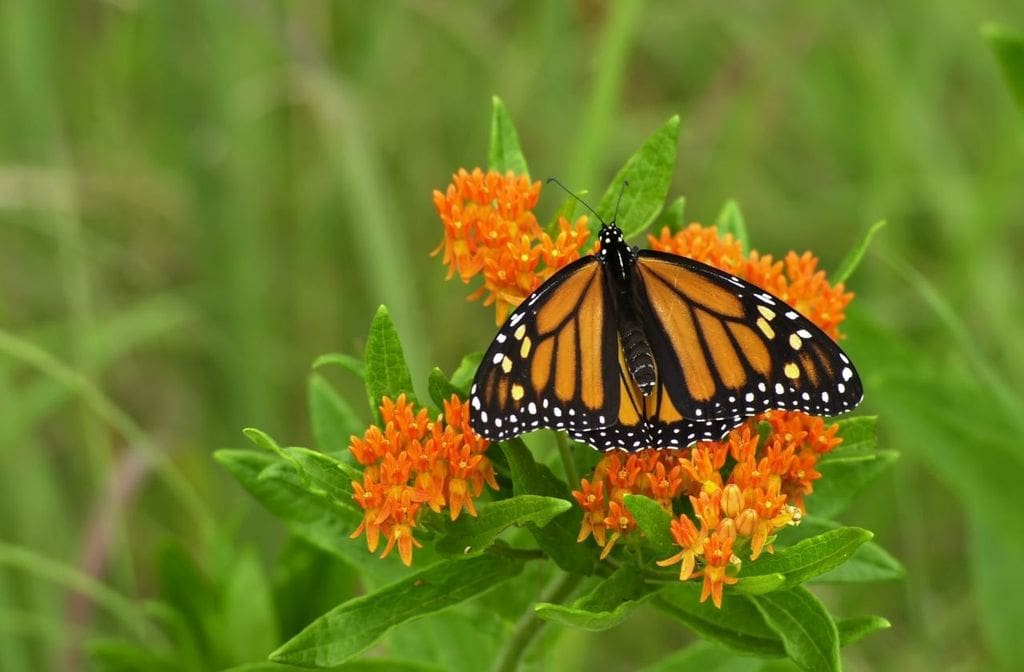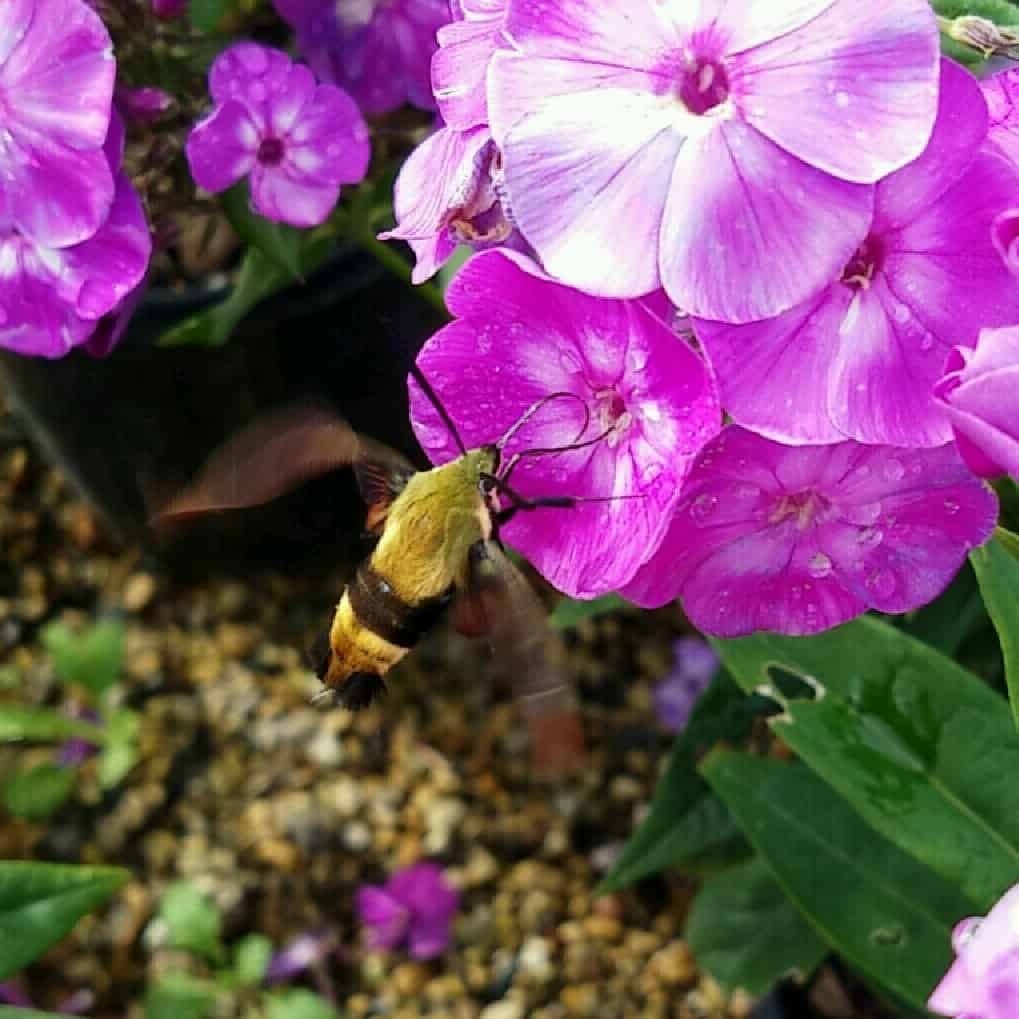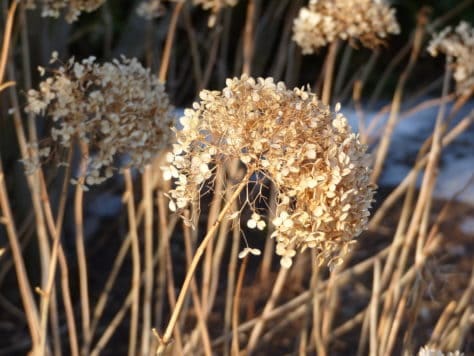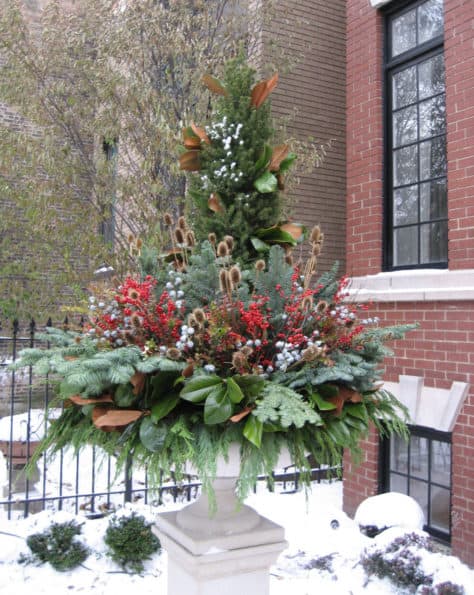Adding water to a landscape has many benefits to the homeowner. Many studies have found that the sound of water is a natural stress reliever.
Huffington Post states: “Being around water gives our brains and our senses a rest from over stimulation.”
Here’s an example of a formal water feature. It is set within a boxwood hedge and annuals to create a dramatic garden feature. To all the nearby dog walkers and slow driving vehicles – this home definitely has curb appeal now! The custom steel box is rust proof, weather proof and maintenance free; so the homeowner will be able to get enjoyment for years to come!
Another benefit to running water is that it muffles unwanted sounds and creates a sense of relaxation. Being close to a busy road, or if the neighbor’s dog barks at everything and anything that ventures in their yard, this might be a good solution for you.
Pond less water features are still very popular. It has a simple re-circulation system that is low maintenance and is a great option for small children or pets because it gets them outside to play!
Speaking of enjoying the outdoors and playing… this interactive water feature at the Chicago Botanical Garden is beautifully installed and it makes me feel like a kid again walking and splashing around the continuous stream.
There are endless ways to enjoy water in your garden. Enjoy looking at some of our other installations!
